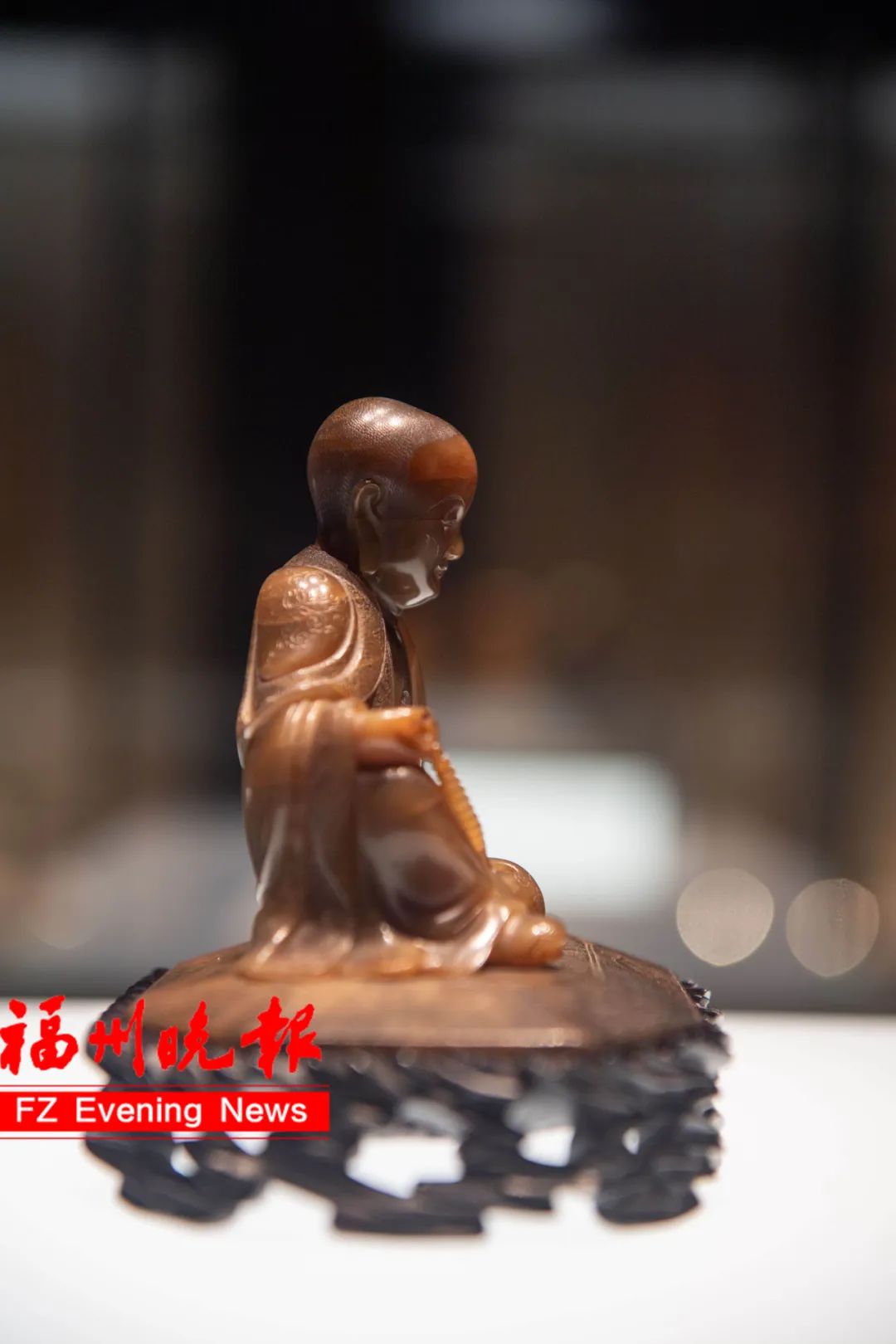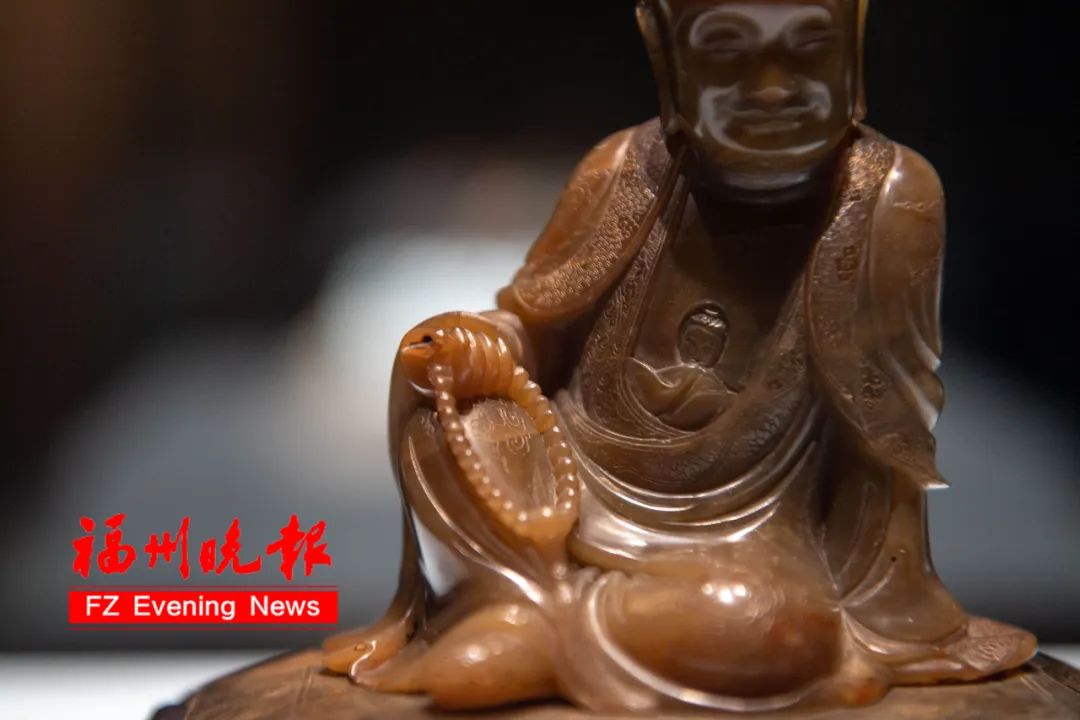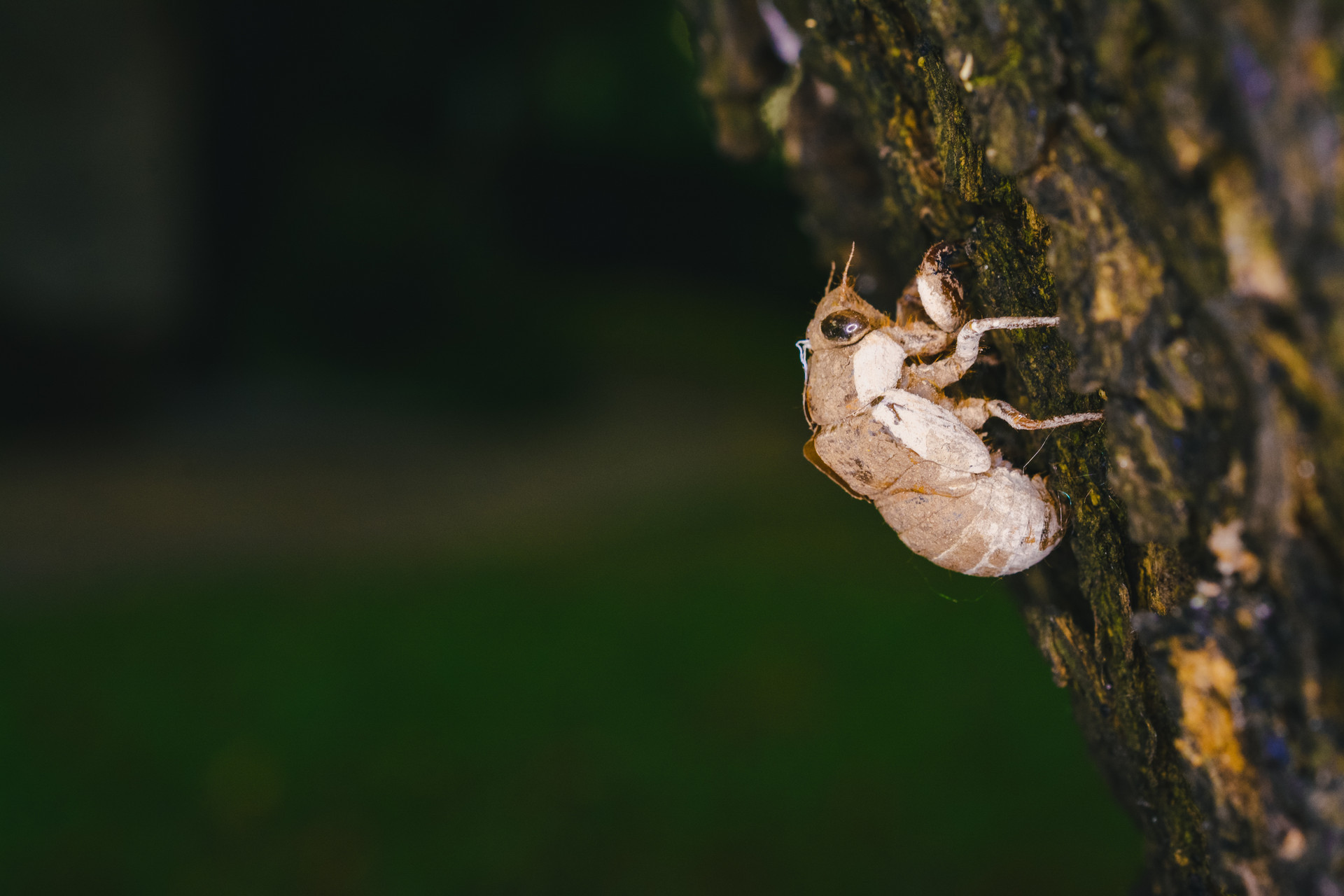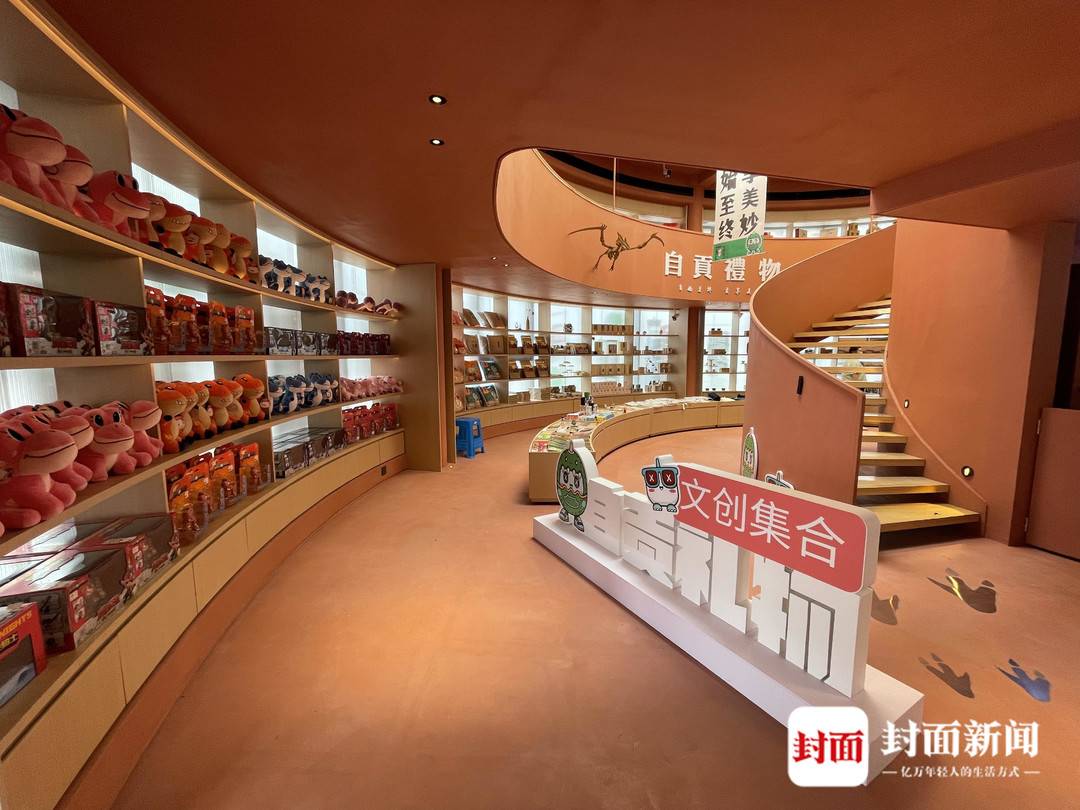This baby in Fuzhou is absolutely!
Author:Fuzhou Evening News Time:2022.08.22

Fuzhou was known as "coastal Zou Lu" in ancient times, and its humanities were gathered. The superb traditional arts and crafts made this historic and cultural city shine and famous. Shoushan stone produced in Shoushan Township, Fuzhou City, Fujian Province is known as "the treasure of the heaven" and "the king of the stone". A wonderful work of carving art Baicai Garden. The treasures of this town museum to be introduced today are a cultural relics in the heyday of the Shoushan stone carving period in Fuzhou in the Qing Dynasty, collecting it in the Fuzhou Museum. It is the Qing Wei Ru Fen Shou Shou Shan horn frozen Luohan sitting.

Shoushan stone round carving boutique in the Qing Dynasty
The Qingwei Ru Fen Shoushan horn frozen Luohan sitting image, 9 cm high, 2.1 cm in width, 8.2 cm in width, 3.6 cm thick, seat, 1.5 cm height, 10.8 cm long.
It is carved with a horny horn of a famous Shoushan stone. Luohan has long ears, square faces, smiling, and peaceful. Luo Han was dressed with a wide -sleeved robe, exposed on his chest, and a Buddha statue engraved on his chest. Press the left hand to the ground, hold a bunch of beads on the right hand on the knee; the right leg is bent, and the left leg is lying under the stock as a sitting position.
Take a closer look, the shawls and robes are wrapped in lines of lotus pattern. The front of the statue base is engraved with four dragons engraved, lined with tangled grass patterns and seawater patterns; a circle of tangled lotus pattern is engraved on the back. This Luohan is beautiful and natural, and the carved work is extremely fine.

Zhang Zhenyu, director of the Fuzhou Museum, introduced that this work is connected to the base. The proportion of the human body is accurate and full, the sitting is naturally stretched, the expression is leisurely, and the expression is extremely vivid; the clothes are smooth and dynamic. Regardless of the front of the work or from the back, it is very harmonious and natural. Wei Ru Fen also cleverly used the clever color technique to use the light -colored part of the stone to carve the outer puppet, the dark part of the carved Luohan body, the work is clear and the three -dimensional sense is strong.
Wei Ru is good at engraving characters and Buddha statues. It is a famous Shoushan stone carving master used by the Yongan period of the Qing Dynasty. Except for the Fuzhou Museum, the National Museum of China, the Shanghai Museum, etc. are collected by the Luohan statue carved by him. These works have both shapes and spirituality, skilled swords, delicate depiction, realistic and vivid shapes, and high artistic level.

Horn frozen- ——
The leader in the stone pits of Shoushan
Tian Huangshi is the most rare and precious of all varieties of Shoushan Stone, belonging to Tiankeng Stone. Tian Huangshi originated from the pit of the Pittitan to the Jiemen Lake. It is about 8 kilometers long at the Shoushan Creek bed and the fields on both sides of the field. The area is less than 1 square kilometer. Shoushan Creek is also known as the "Gem Stream" for producing fields. The upper reaches of this "gem stream" originated from the pit head, which is a mountain peak on the foothills of the north side of the mountain. The small mountains under the peaks are the production area of the pudding stone, which is called "pithead valley".
"Shoushan Stone Song" poems: "Enter the mountain first visits the pit, the pit head is unique. There is a puddle to raise frozen stones, and the ice muscle jade bone can't bear to touch it." Although the valley is narrow, the water produced by "Feng Shui Point" The pit stones are pivotal in Shoushan Stone. The Qingwei Ru Fen Shoushan horn frozen Luohan sitting like the horny frozen stone adopted is the leader in the pudding stone.

It is understood that the water pit stone mines are special, and most of the mine veins are placed in the sedimentation of the surrounding rocks. It is long -term infiltrated and acidified by acidic water, consolidated tightly, the stone is boring, particularly crystal, and more transparent and shiny. It is related to crystal frozen. The water pits are thin, and they are intermittent, with little effect. Among them, those who are pure and tired are called pits of frozen stones, and those with crystal texture are called pit head spar. Water pits are the most characteristic of "water frozen", named after the texture and color, such as pits and frozen stones, pits and fish brain frozen stones.
The horny horn frozen stones are mostly pelvic. The texture is clear, the color is like a tea -colored glass, the black is in the black, gentle and shiny. Thick people are like buffalo horn, and the light is like rhino horns. There are faint cotton floccups in the muscles, and there are metal sand and pink white spots. Chen Zifen's "Shoushan Yinshi Xiaozhi" cloud: "The horns are frozen, warm and cute, black and black, bright and shiny, the lightness is like a rhino horn, the hidden radish pattern, the dark view, the now dark yellow, this is good. ","
From Rongbo Cultural Relics
Look at the development of the Shoushan stone carving in Fuzhou
In the Fuzhou Museum, there is a pair of Shoushan stone pigs that look flat, but it is the earliest Shoushan stone carving found in Fuzhou to date. In 1954, at the construction site of the Taohuashan Teachers College of Cangshan, Fuzhou, an archaeological excavation was excavated and an "stone carving pig" was unearthed. In the same year, a "stone carving pig" was also unearthed in a tomb of the Southern Dynasty on the construction site of the Southern Dynasties at Cangshan Leduqun Road, Fuzhou. In 1965, the two Fengshan construction sites in the northern suburbs of Fuzhou discovered a pair of "stone carvings pigs" marked with the tombs of the tomb brick in the tomb brick in the age of the "Yingjia 22 Years" (that is, AD 445). These stone carved pigs are flat, lying in shape, simple in shape, and realistic shapes. They are all "Lao Ling Stone" in Shoushan Stone. From these excavated physical objects, it can be proved that as early as 1500 years ago, Shoushan stone carvings have appeared in Fuzhou.
In the period of the Tang Dynasty, Buddhism was further spread in Fujian, and Shoushan Stone was gradually applied to the production of Buddha statues, incense burners and rosary. To the Song Dynasty, Shoushan Stone began to mining in large quantities, and it has developed into workshops dedicated to the government. The "Three Mountains" compiled by Song Liang Ke's family has recorded that in the Song Dynasty, Fuzhou has been mining in a large number of Shoushan Stone for carving. The exquisite ones will be transported to the beam as a tribute and become a court game. The large parts are displayed in several cases for the nobles of the officials, and the small parts have become a reward in the hands of the literati. In 1965, at Dengyun Reservoir site in the eastern suburbs of Fuzhou, a brick tomb of Song Xuanhe five years (1123) was excavated, including Shoushan stone figurines. More than a hundred pieces; in August 1972, in the 27th year of the Song Shaoxing (1157) of the Xinglishan Infrastructure of Xiyuan Village, a number of Shoushan stone carving products such as characters, basalt, and dragons were also found. These Shoushan stone carvings have rigorous styles, vivid images, concise swords, and extensive themes. It also shows that the Shoushan stone carvings in the Song Dynasty have developed to mature stage.
On the occasion of the Yuan and Ming dynasties, the creation of Shoushan Stone has a long -term development than the previous generation. It is reflected in the more refined feed and the more exquisite carving technology. At the end of the Ming Dynasty, as a unique artistic manifestation of Shoushan stone carvings, it also appeared on the seal. The Shoushan stone seal of "Emperor's Treasure" and "Daming Emperor's Treasure", which is treasured by the Beijing Palace Museum, is the earliest emperor imperial seal made of Shoushan Stone in history. Pet love. The first snake body animal of the Yuanshou Mountain Mountain Mountain Museum in the Fuzhou Museum, and the Furong Mountain Hibiscus Stone Seal of the Minshan Mountain Mountain Mountain Mountain, which is also a cultural relic of Shoushan stone carvings during this period.

In the Qing Dynasty, Shoushan stone carving entered the heyday, and Shoushan Stone was included in the scope of taxation of the government. This is also a period of a large number of sculpting masters, such as Yang Yuxuan, Zhou Shangjun, Wei Ru Fen, Wei Ru Fen, Wei Ji, Dong Cangmen and other sculptures in the early Qing Dynasty. Major famous masters. After the establishment of the Qing Dynasty and the Republic of China to the New China, the treasures of Shoushan Stone Cultural Relics were collected in the market. The previous article reported by the Explore Secretary Series specifically introduced it.
In the contemporary era, Fuzhou Shoushan stone carving was included in the first batch of national intangible cultural heritage list; Fuzhou was awarded the honorary title of characteristic area of "China Shoushan Stone Capital"; the "Protection Regulations for the Protection of Shoushan Stone Sculpture in Fuzhou City" will be implemented from March 1 this year ... … Dacking up the cultural advantage of Shoushan Stone, doing a good job of Shoushan Stone, and promoting the development of Shoushan Stone Industry has always been the focus of promoting the previous municipal party committee and municipal government. The protection and activation of this intangible cultural heritage will also help Fuzhou continue to start the international brand of Fuzhou.
Expert Pinbao
Ancient meaning Shen Xiong, Wei Han's legacy
Invited experts:
Wang Yifan, deputy dean of Shoushan Stone Culture Research Institute of Straits of Straits
Wei Ru is good at carving of Buddha statues. The National Museum of China, the Shanghai Museum, and the Fuzhou Museum are collected by the Shoushan Shiluhan work carved by Wei Ru Fen. Some people say that he was a famous Shoushan stone carving master in the Yong Dynasty of the Qing Dynasty, so there were very few people's works about his works.
The Baoqing Wei Ru Fen Shoushan Stone Horn of the Tibetan Museum in the Fuzhou Museum of Fuzhou City was frozen. It has a wide -sleeved robe, smooth and streamlined in her clothes, and exposes the Buddha statue carved on the chest. It refuses to have the concept of Buddha in it, vividly shows the inner spiritual temperament, showing a simplicity of Zen. The style of the work is simple and refined, simple and simple, and Shen Xiong's ancient meaning adheres to the method of Yang Yuxuan and Zhou Shangjun. It has the legacy of Wei and Han Dynasty, showing the superb skills of the Shoushan stone round sculpture Buddha statue during the Qing Dynasty.
next time
The "Treasure of the Town Hall" will tell the story of "Song Qing glaze brown spots with a multi -mouth porcelain pot"
stay tuned!
Fuzhou Evening News reporter Guan Yan/Wenlin Shuangwei/Photo
New Media Editor Zheng Jinyu
Produced Lan Chao Lin Yimin
The new media produced by the Fuzhou Evening News, please indicate the source for reprinting
- END -
Never cicada

■ Dai JiangAfter the frogs are raining, they must not have no cicada. The weather...
Time and Space · Longmen Town "Zigong Gifts" Cultural and Creative Store will sell for 20 Zigong elemental products

Cover news reporter Liu Ke ShengOn June 16th, the core glass house Zigong Gift in ...